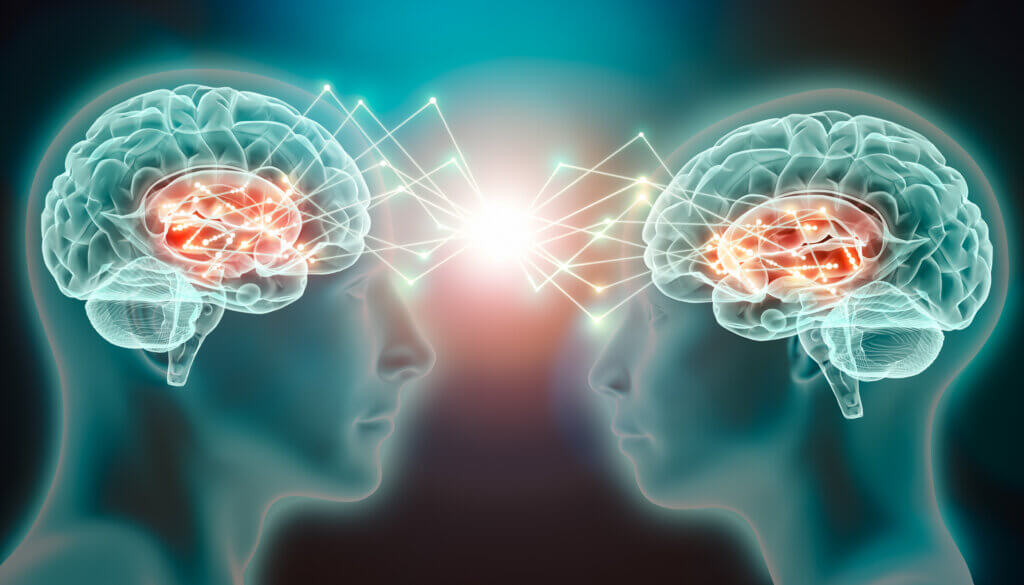We’ve all been there — a terrible, horrible, no good, very bad day. You want to scream, but somehow, you manage to keep your cool. Have you ever wondered how your brain pulls off this impressive feat? It all comes down to emotion regulation, a critical skill for navigating life’s ups and downs.
A new study led by researchers at Dartmouth College is helping us understand the intricate workings of emotion regulation in the brain. Published in Nature Neuroscience, the study is among the first to separate the brain activity related to generating emotions from the activity involved in regulating them.

You might be wondering, what exactly is emotion regulation? It’s the ability to be flexible and reframe a situation, which influences not only how we feel but also our behavior and decision-making. When we struggle with persistent negative thoughts, it can be challenging to perceive a situation differently — a common problem associated with mental health issues.
“As a former biomedical engineer, it was exciting to identify some brain regions that are purely unique to regulating emotions,” says lead study author Ke Bo, a postdoctoral researcher in the Cognitive and Affective Neuroscience Lab (CANlab) at Dartmouth, in a media release. “Our results provide new insight into how emotion regulation works by identifying targets which could have clinical applications.”
Dartmouth researchers used computational methods to analyze fMRI data from two independent studies. Participants’ brain activity was recorded as they viewed images likely to evoke a negative reaction, such as bloody scenes or scary-looking animals. They were then asked to recontextualize the stimulus by generating new thoughts about the image to make it less aversive.
By examining the neural activity, researchers identified specific areas of the anterior prefrontal cortex and other higher-level cortical hierarchies that are more active when emotions are regulated versus when they are generated. These regions, which had not previously been isolated with such precision, are involved in abstract thought and long-term representations of the future.
“It’s really the cortex that is responsible for generating people’s emotional responses, by changing the way we see and attach meaning to events in our environments,” notes Bo.
The study even found that the amygdala, often considered the brain’s ancient threat center, responds to aversive experiences the same way, regardless of whether people are using their thoughts to self-regulate negative emotions.
Researchers also explored the role of neurotransmitters, such as dopamine and serotonin, in emotion regulation. By comparing their emotion regulation brain maps to neurotransmitter binding maps from 36 other studies, they discovered that receptors for cannabinoids, opioids, and serotonin, including 5H2A, were especially abundant in areas involved in emotion regulation.
“When drugs that bind to these receptors are taken, they are preferentially affecting the emotion regulation system, which raises questions about their potential for long-term effects on our capacity to self-regulate,” explains senior study author Tor Wager, the Diana L. Taylor Distinguished Professor in Neuroscience and director of the Dartmouth Brain Imaging Center at Dartmouth.
The findings have significant implications for mental health treatments. Serotonin, for example, is well-known for its role in depression, as the most widely used antidepressant drugs inhibit its reuptake in synapses. The 5H2A receptor, meanwhile, is strongly affected by psychedelic drugs, an exciting new type of treatment for mental health disorders.

The study suggests that the effects of drugs on depression and other mental health disorders may work in part by altering how we think about life events and our ability to self-regulate. This insight could help improve therapeutic approaches by increasing our understanding of why and how psychological and pharmaceutical approaches need to be combined into integrated treatments.
“It’s important to consider these types of connections that come from basic science,” concludes Wager. “Understanding drug effects requires understanding the brain systems involved and what they’re doing at a cognitive level.”








-392x250.jpg)


